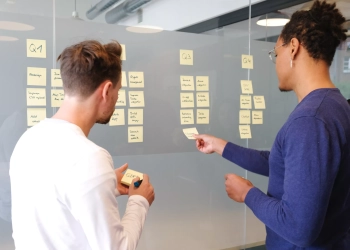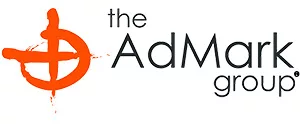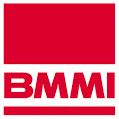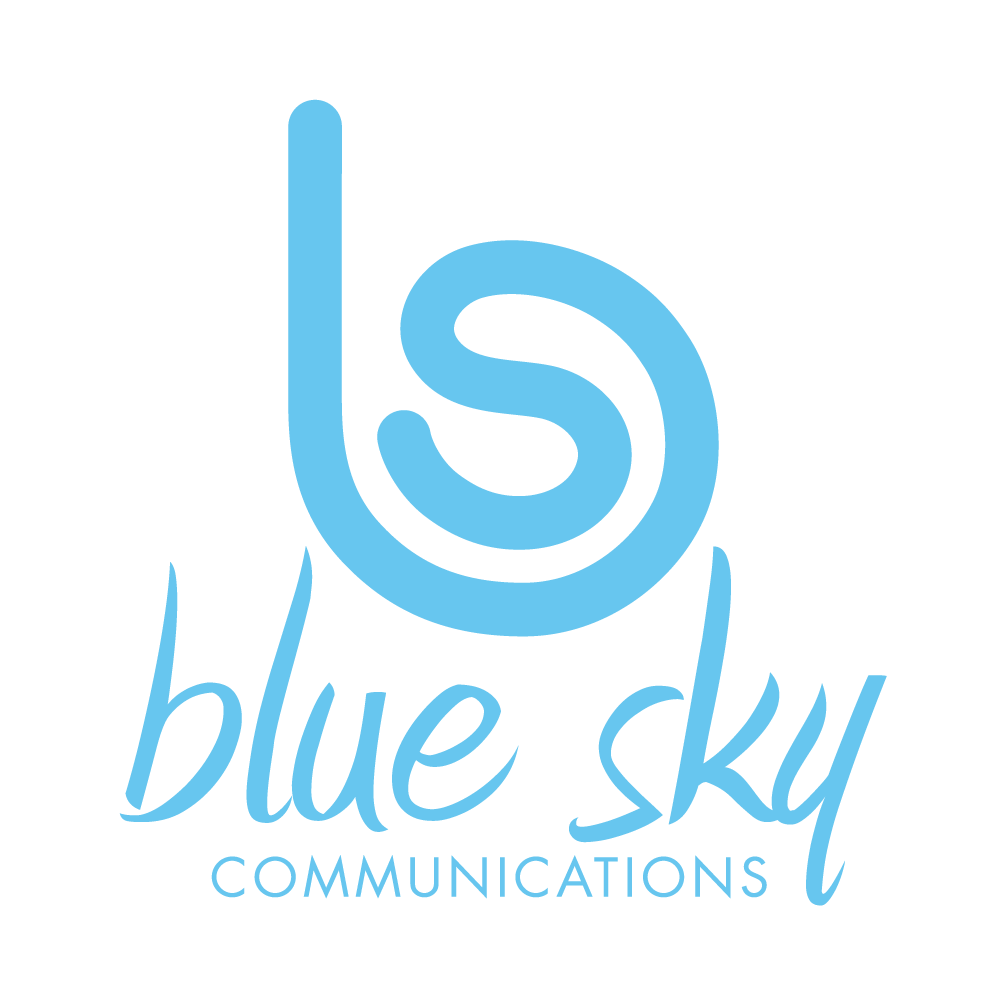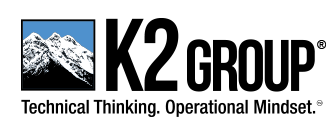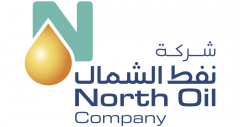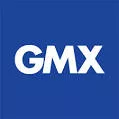When you teach your audience how to do a proper training needs analysis, you’re not just covering “what training should we run” — you’re unlocking deeper value.
And when you pair that with a tool like Oak Innovation’s Diagnose Training Gaps Like A Strategist: A Complete Program To Uncover And Solve Skill Needs Fast workshop pack, you elevate your facilitation game.
Here are seven benefits you might not have heard of — but you’ll want to once you start teaching TNA skills.
1. You shift from “course-creator” to strategic business partner
Most trainers are seen as the people who “deliver training”.
But when you teach TNA skills, you’re helping your clients or organisation uncover what training should really be delivered — aligning with business outcomes, performance gaps, and strategic goals.
The Oak Innovation pack emphasises this: “Ensure every training initiative links clearly to business outcomes and ROI.”
That means your role changes from order-taker to advisor, which is a massive empowerment.
2. You reduce wasted training effort (and budget)
One of the hidden costs in many organisations is running training that doesn’t really match the actual need. As we point out: “When training needs analysis is weak, you end up running courses that don’t address what matters… budget, time, and energy are wasted.” ]
By teaching people TNA skills, you’re enabling more intelligent resource allocation.
That means fewer “nice to do” trainings, more “must-do” trainings.
3. You build a culture of continuous learning & improvement
Training needs analysis isn’t a one-off checkbox: it’s part of the training cycle — identifying needs, designing learning, evaluating, refining.
The Oak material covers this: “The Training Cycle: From Need to Impact”.
When you teach that, you’re helping create a mindset in teams where training becomes iterative, data-driven, and continually improving — instead of the “we’ll do one workshop and hope for the best” model.
4. You make your training delivery more credible and professional
When you walk into a session and you say, “We’re going to analyze performance gaps, collect data, consult stakeholders, prioritise needs, design intervention” — that’s powerful. We say: “Equip your facilitators to conduct SWOT, gap analysis, and prioritisation with confidence.”
Teaching TNA skills raises the bar for how training is perceived — you’re delivering at a higher, more professional level.
5. You help learners become self-sufficient (not just dependent)
If you deliver only training, at some point, participants may rely on you to always “tell them what to do”.
But if you teach them TNA skills, you’re enabling them to figure out what training is needed, ask better questions, collect data, and make decisions.
We believe participants will “know how to collect the correct data — ask better questions, use meaningful metrics, and connect with stakeholders.”
That means your learners gain autonomy.
And that’s a transformational benefit.
6. You differentiate your offering (and increase your value)
If you’re a trainer, coach, or L&D professional, everyone offers “communication skills”, “leadership”, and “customer service”.
But fewer are promoting deep TNA capability.
By using and teaching the Oak Innovation TNA workshop pack (see link above) you add a unique service. Our product is “fully editable and brandable materials – use again and again.”
This gives you a competitive edge: uniqueness, reuse, and business alignment = higher value for you and your clients.
7. You future-proof training design and delivery
Finally — perhaps the most overlooked benefit — when you teach TNA skills, you build a foundation for future growth.
Your organisation or clients will be better equipped to adapt as business needs change, new roles evolve, technologies shift, and performance expectations rise.
We describe this: “Discover how TNA supports proactive learning cultures — where development becomes a strategic advantage, not an afterthought.”
That means your training programmes won’t just react — they’ll anticipate. And you’ll be well-positioned for long-term success.
How do you put this into action — using the Oak Innovation pack
Here’s a quick “what you’ll get + how you deliver” summary of the product so you can imagine integrating it into your work:
- The pack is titled “Diagnose Training Gaps Like A Strategist: A Complete Program To Uncover And Solve Skill Needs Fast”.
- It includes 51 editable slides, a 61-page workbook + bonus resources.
- It walks participants through: what a TNA really is, how to collect data, a four-stage model (SWOT → gap analysis → review → training needs review), and how to prioritise needs (“Must-Know”, “Should-Know”, “Helpful-to-Know”).
- It’s fully editable and brandable. You can use your own colours, logos, tweak wording, and tailor the flow.
- You gain lifetime access and rights to deliver.
Your delivery roadmap
- Download the pack, brand it for your organisation or your training business.
- Use the slides + workbook to run a full-day (or half-day) session teaching TNA fundamentals.
- Have participants apply a mini TNA on a real or simulated problem: collect data, identify gaps, prioritise, and propose action.
- Follow up: show how to embed the TNA output into a training design process — linking need ↦ design ↦ deliver ↦ evaluate.
- Measure impact: track how training decisions made after the TNA led to improved performance, less waste, and higher engagement.
- Re-run/refresh: since the material is editable, you can adapt it each time you deliver or tailor it for different functions, teams, or regions.
Why this matters for you
If you’re someone who designs or delivers training, or supports L&D, this is a game-changer. Instead of being “the person who shows up and runs a course”, you become “the person who helps the organisation know what to train, why, when, for whom, and how to measure success”.
Teaching TNA skills is not just about one workshop — it’s about shifting the whole mindset of training design.
By using the Oak Innovation workshop pack, you expedite your prep time, gain professional tools, and deliver higher value.
So, you’re not spending 20-30 hours (yes, that’s the new prep time threshold we’re embracing) building a training from scratch — you’re leveraging a ready-to-go, high-impact kit and spending your time delivering and coaching, rather than wrestling with slide decks.



















